There are a lot of best dishes in the world that can never eaten just once, but when it comes to the best of the best dishes, the top ten listed below are gathered from multiple sources and rank by CNN as the top 10 best dishes of the world
The Thailand Massaman curry
The massaman curry is a
substantial, moderate Thai curry. To make massaman curry paste, ingredients
popular among Muslim traders from Persia, the Indian subcontinent, and the
Malay Archipelago were brought to Thailand and mixed with
ingredients more commonly used in native Thai cuisine.
This
curry is most usually cooked with chicken due to its Muslim heritage and thus
Islamic dietary requirements, although it can also be made with duck, beef,
deer, mutton, goat, or, less commonly, pork. This last variety is not eaten by
observant Thai Muslims because pork is haram (forbidden) in Islam. Vegans and
vegetarians have made their own variations of this meal, potentially using tofu
in place of the shrimp paste or fish sauce.
Many of the tastes of the massaman curry paste (nam phrik kaeng matsaman), which derive from spices not commonly used in other Thai curries, reflect the dish's Muslim origins.
The Neapolitan pizza from Italy
Neapolitan pizza is a type of pizza made with tomatoes and mozzarella cheese.
It is also known as Naples-style pizza. It must be made with San Marzano
tomatoes or Pomodorino del Piennolo del Vesuvio, which grow on the volcanic
plains south of Mount Vesuvius, and Mozzarella di Bufala Campana, a protected
designation of origin cheese made with the milk of water buffalo raised
semi-wild in the marshlands of Campania and Lazio, or Fior di Latte, a cow's
milk mozzarella made according to a recipe.
In the European Union and the United Kingdom, Pizza Napoletana is a Traditional Specialty Guaranteed (TSG) product, and the art of producing it is listed on UNESCO's list of intangible cultural heritage. This form of pizza gave rise to New York-style pizza, which was initially prepared in the United States by Italian immigrants in the early twentieth century.
The Mexican Chocolate
Mexican chocolate is distinct from other types of chocolate, and the term should not be used in most non-Mexican recipes that contain items that are similar but not identical to the actual thing. Chocolate is made from the cacao plant, which is native to Mexico, and has evolved over time into more refined preparations than the rough-looking, chalky Mexican chocolate. What native communities such as the Olmecas, Mayas, and Aztecs used to drink (black chocolate beverages spiked with chilies, flavored with flowers, or colored with seeds) has evolved into a saccharine mixture loaded with sugar and milk that appeals to Western palates.
Mexican chocolate differs
from other types of chocolate in terms of texture and flavor from milk, dark,
and semi-sweet Western chocolates. It's utilized not just in sweet dishes, but
also in savory ones like mole poblano. This sort of chocolate can be found in a variety of forms around
Latin America. It's commonly used to prepare a hot beverage with water or milk
that's served with doughy baked products at breakfast tables, on cold
afternoons, and at Christmas celebrations. Nonetheless, Mexican chocolate is
the most well-known due to its flavor and high quality.
The Japanese Sushi
Sushi is a classic Japanese cuisine consisting of vinegared rice, generally with a little sugar and salt, and a range of items such as raw fish and vegetables. Sushi comes in a variety of styles and presentations, but one crucial element is "sushi rice," sometimes known as shari.
Sushi is generally made with medium-grain white rice, however brown rice or short-grain rice can also be used. Squid, eel, yellowtail, salmon, tuna, or imitation crab meat are frequently used in its preparation. Sushi comes in a variety of vegetarian options. It's frequently accompanied by pickled ginger (gari), wasabi, and soy sauce. The dish is often garnished with daikon radish or pickled daikon (takuan). Sushi is frequently confused with sashimi, a Japanese meal consisting of thinly sliced raw fish or pork.
The Chinese Peking Duck
Peking duck is a meal that has been served in Beijing (Peking) since the Imperial era. The meat is known for its thin, crisp skin, and authentic versions of the dish serve mostly the skin and very little meat, which the cook slices in front of the guests. After 65 days, ducks bred specifically for the meal are butchered and seasoned before being roasted in a closed or hanging oven. Spring onion, cucumber, and sweet bean sauce are frequently served with the meat, which is encased in pancakes. Pickled radish is occasionally found within. Crispy fragrant duck is a popular dish in the United Kingdom that is comparable to Peking duck.
Germany's Hamburger
Hamburger is a term that comes from Hamburg, Germany's second-largest city. Hamburger is a German demonym for Hamburg, comparable to frankfurter and wiener, which are names for various meat-based meals and demonyms for Frankfurt and Vienna, respectively.
A hamburger (or burger for
short) is a sandwich made out of one or more cooked patties (generally ground
meat, usually beef) sandwiched between sliced bread rolls or buns. Pan-fried,
grilled, smoked, or flame-broiled patties are all options. Hamburgers are
frequently served on sesame seed buns with cheese, lettuce, tomato, onion,
pickles, bacon, or chilis; condiments such as ketchup, mustard, mayonnaise,
relish, or a "special sauce," which is often a variation of Thousand
Island dressing; and condiments such as ketchup, mustard, mayonnaise, relish,
or a "special sauce," which is often a variation of Thousand Island
dressing. A cheeseburger is a hamburger with cheese on top.
Penang assam laksa from Malaysia
In Southeast Asia, laksa is a spicy noodle meal. Laksa is made out of a variety of noodles, the most common of which are thick rice noodles, and toppings such as chicken, prawns, or fish. A thick and spicy coconut soup or a broth seasoned with sour asam are used in most laksa varieties (tamarind or gelugur). Laksa is a dish that originated in Peranakan culture and is popular in Malaysia.
Laksa is divided into two
categories based on the two primary ingredients: noodles and soup. Herbs are
commonly used to adorn laksa dishes. Mint and Vietnamese coriander, known in
Malay as daun kesum or by its colloquial name "laksa leaf," are two
of the most extensively used plants. The unopened blossom bud of the torch
ginger, generally sliced or shredded, is another favorite garnish for many
laksa recipes.
The
Thailand Tom yum goong
Tom yum, also known as tom yam, is a hot and sour Thai soup that is generally made with shrimp (prawn). Thai tom yum is a dish that originated in Thailand. "Tom yam" is a combination of two Thai words. Tom alludes to the process of boiling, whereas yam means'mixed.' Tom yum is distinguished by its distinct spicy and sour flavors, as well as the copious use of fragrant spices and herbs in the broth. Lemongrass, kaffir lime leaves, galangal, lime juice, fish sauce, and crushed red chili peppers are among the fresh ingredients used in the soup.
To make commercial tom yum
paste, crush all of the herb ingredients and stir fried in oil. After that, seasonings
and other preservatives are added. The paste is offered in bottles or packages
all over the world. The flavor of tom yum created with the paste may differ
from that made with fresh herb components. Meats such as shrimp, chicken, or
pork are frequently used in the soup.
Ice
cream worldwide
Ice cream is a sweetened frozen treat that is commonly consumed as a dessert or snack. It's created with dairy milk or cream and flavored with a sweetener, like sugar or an alternative, plus a spice, like chocolate or vanilla, or fruit, like strawberries or peaches. A flavored cream base and liquid nitrogen can also be combined to make it. In addition to stabilizers, colorings are sometimes used.
To integrate air voids and prevent noticeable ice crystals from forming, the mixture is chilled below the freezing point of water and agitated. The end result is a semi-solid, smooth foam that solidifies at very low temperatures. As the temperature rises, it becomes more malleable.
Chicken moamba from Gabon
The national food of Gabon is moambe chicken, a savory chicken dish popular in Central Africa. To make the dish, combine chicken, spices, and palm butter to get a stew-like consistency. Throughout the Congo and Central Africa, there are a variety of local or regional variations; the dish is also well-known beyond the continent.
Poulet moambe is made by
simmering chicken in moambe (palm butter) and spinach, then seasoning with
peri-peri or red pepper. Sweet potatoes, brown onions, hard boiled eggs, and a
sauce prepared from crushed palm nuts are popular accompaniments. Rice or
manioc (cassava) paste can be served alongside moambe chicken. Duck or seafood
can be used instead of chicken.

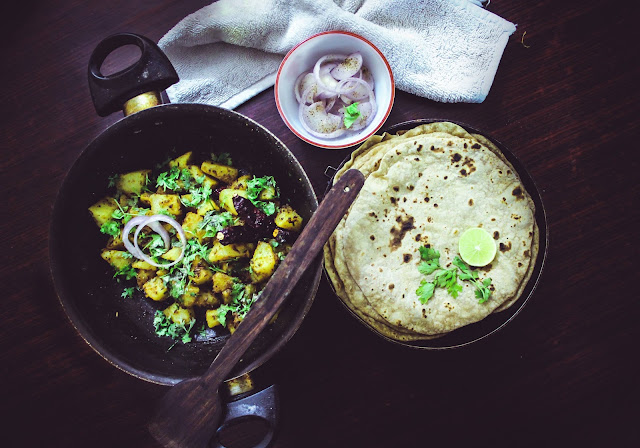



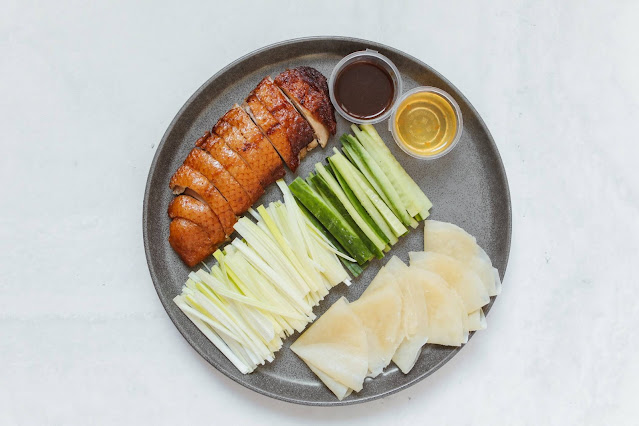
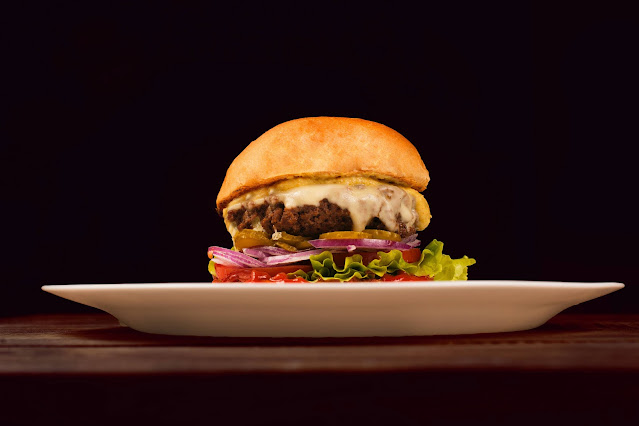
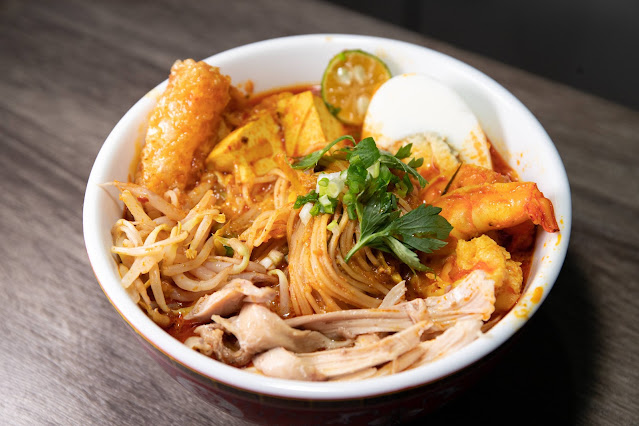
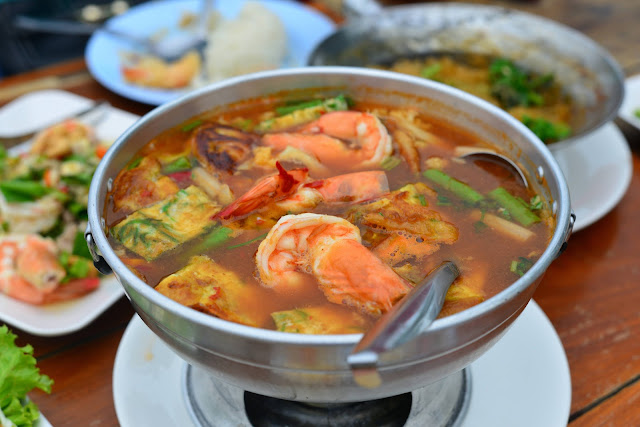
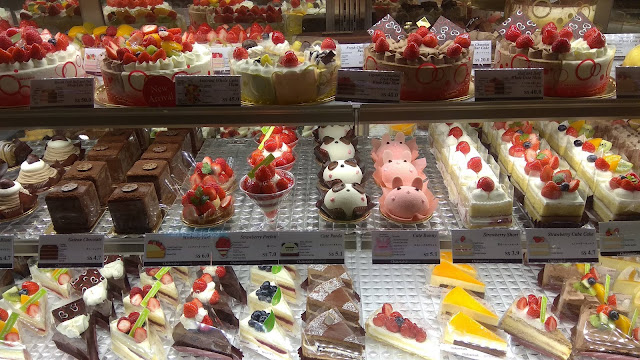
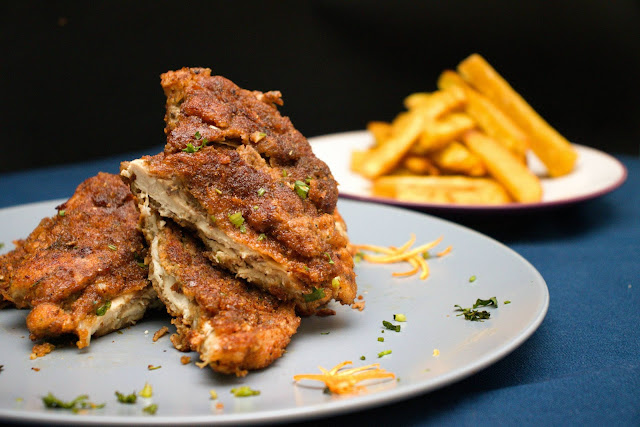









0 Comments